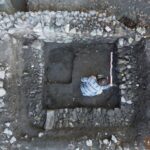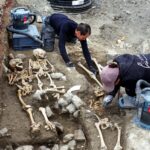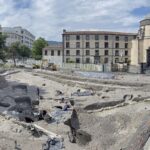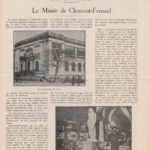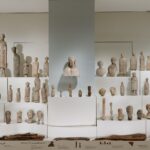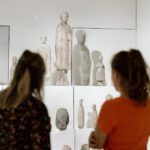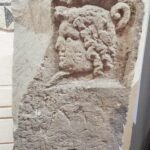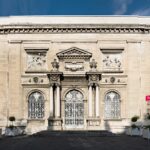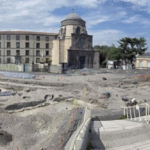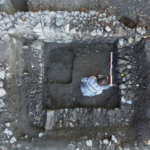“Archaeologically speaking, Auvergne is one of the richest regions in France.”
-Elie Rafowicz, Assistant Director of the Bargoin Museum
Druids, Romans, Vikings, wars and ravages of all kinds — Clermont-Ferrand has seen it all. Unlike Athens, Pompeii, or Giza, however, Clermont has never enjoyed an international reputation as a city of extraordinary archaeological monuments. Still, there’s no denying that it would prove a happy hunting ground for Indiana Jones. In the city centre archaeologists often make interesting and important discoveries. The past three years for instance, have seen teams unearth an entire medieval necropolis in the Carmes quarter, just a few steps away from the head office of the Michelin company.
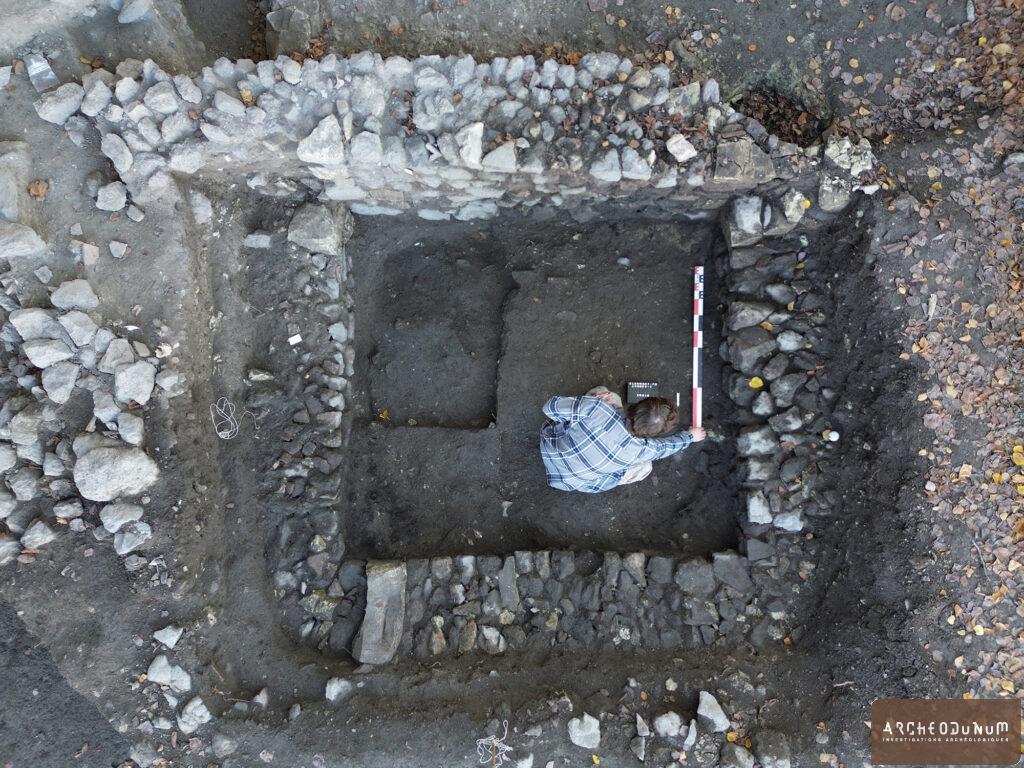

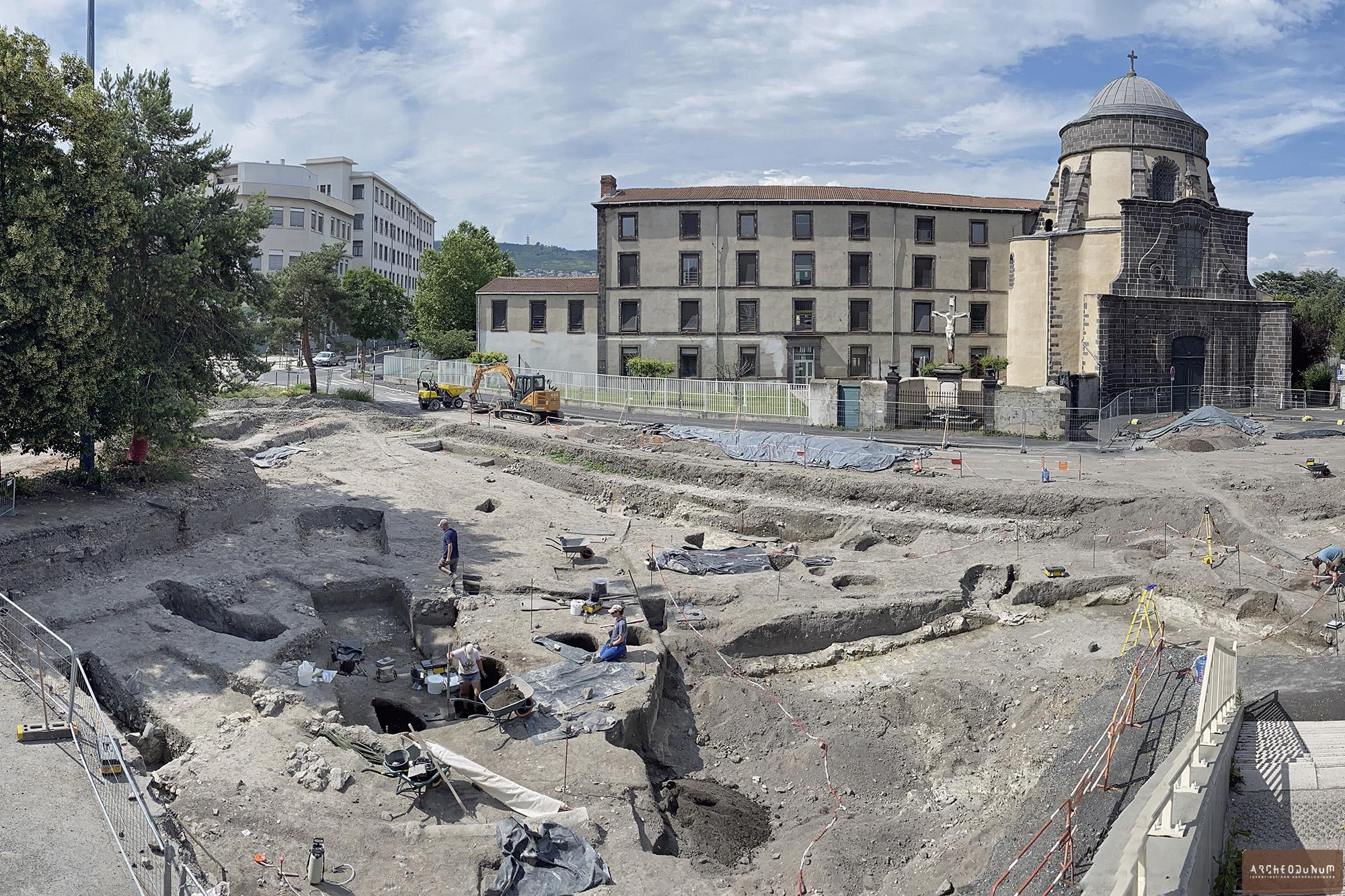
One can easily picture the dashingly-fedoraed Jones surveying excavations at the dig site, half hoping to find something of mystical significance among the rubble. And after a day’s hard work, he’d probably saunter down to his shared office at the Bargoin Museum (he’d only work part-time, of course), the only museum in Clermont dedicated to archaeology.
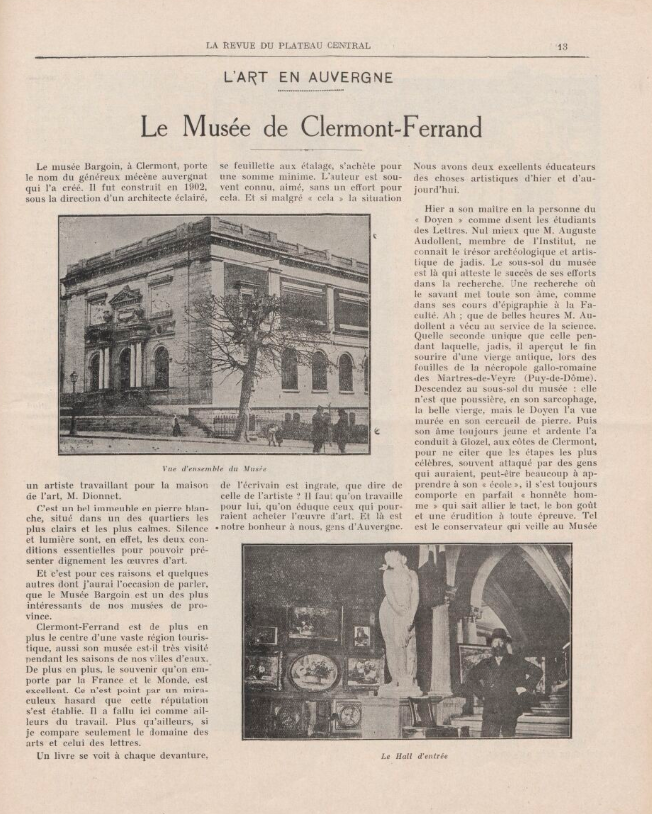
With its austere, tetrastyle facade, the Bargoin at first glance resembles a mausoleum. What lies beyond its doors, however, are not the mortal remains of some long-dead king but the priceless treasures of diverse civilisations, many of which thrived in the high plains and valleys of ancient Auvergne between the Palaeolithic era and the early Middle Ages. Although the museum boasts several eye-catching pieces, such as sculptures from the Temple of Mercury and armour from nearby Martres-de-Veyre, perhaps its most enchanting exhibits are its ex-votos — the largest collection of Gallo-Roman wooden votive statues in Europe. Crafted around the 1st century AD by worshippers as offerings to local gods, these statues were discovered at La Roches, a spring near Chamalières revered in ancient times for its reported healing powers.
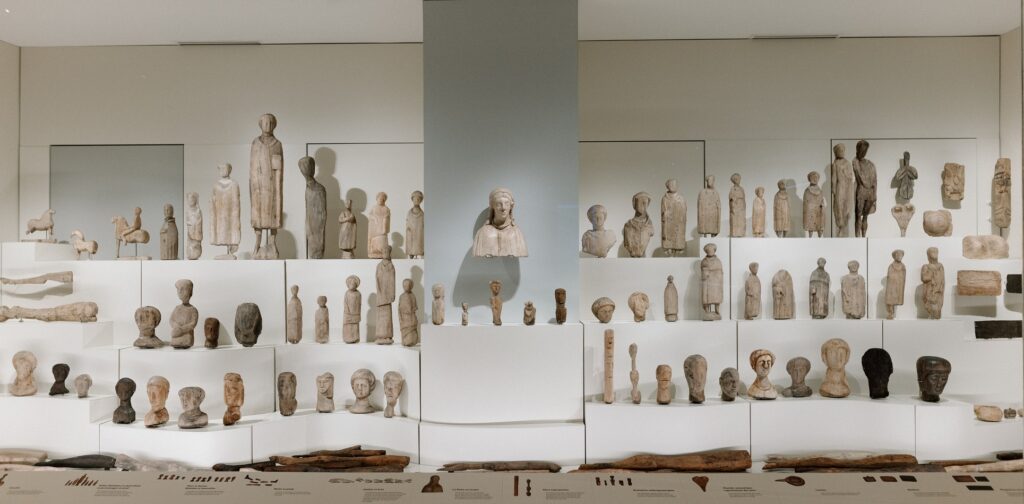

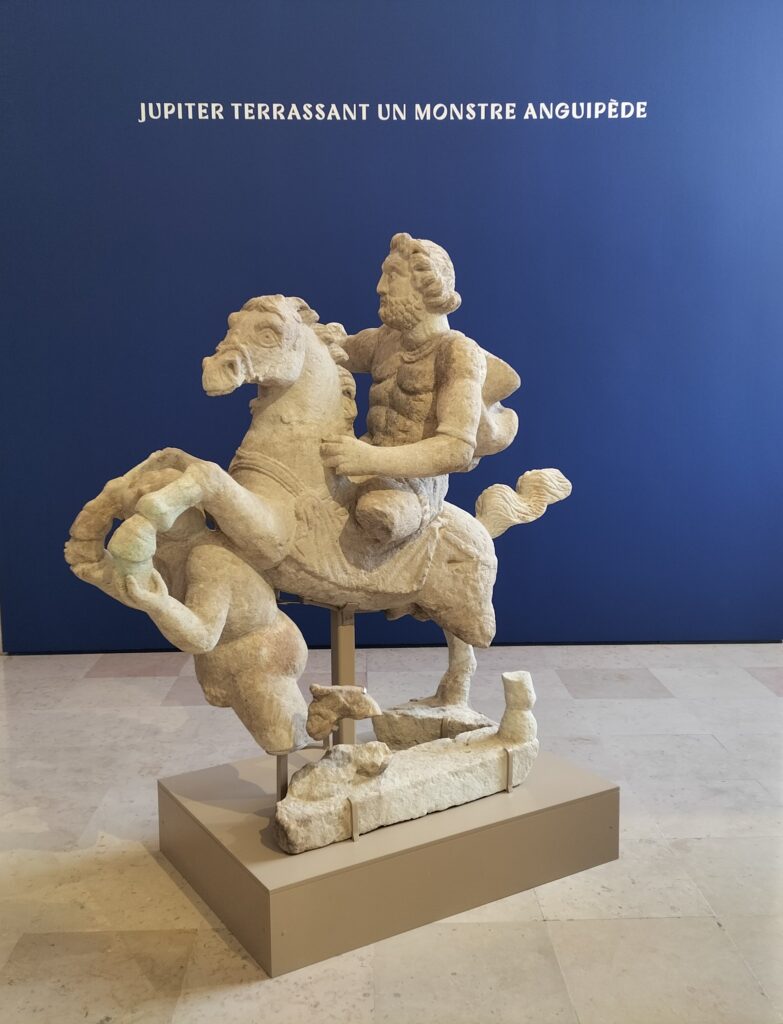
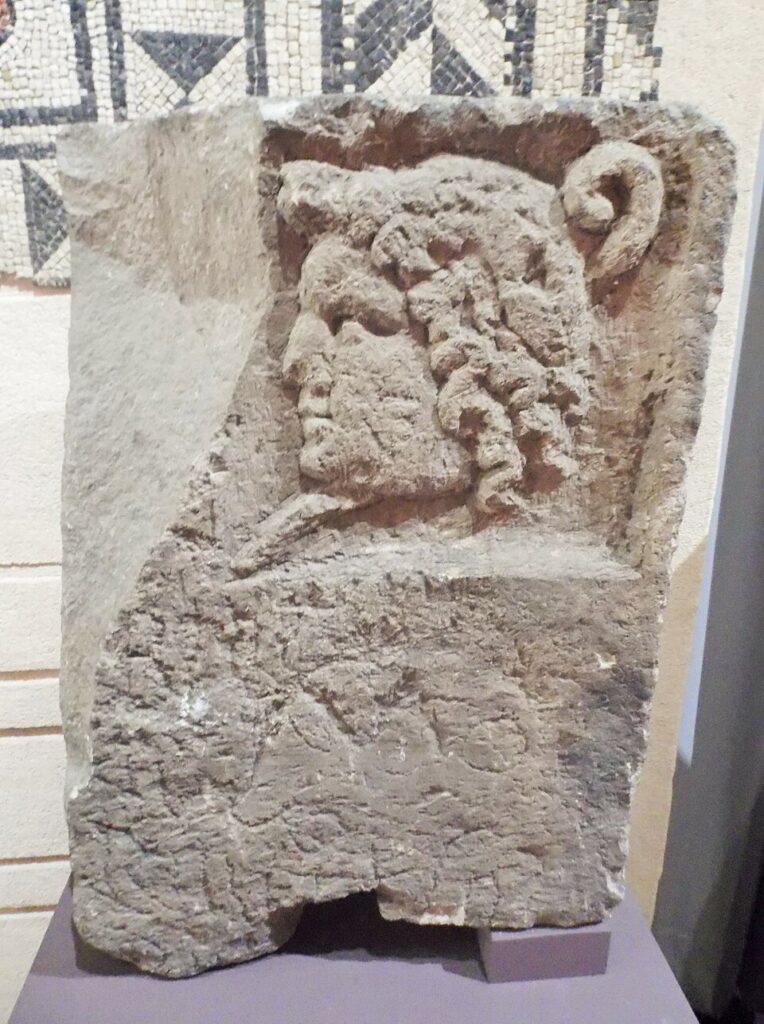
Although it already has a noteworthy array of pieces focused on Auvergne, the Bargoin is set to undergo a massive renovation in July 2026. The overhaul, which will see the museum’s global textile collection moved to another premises, will also involve significant structural interventions to bring the 125-year-old building up to date.
“This work is long overdue,” Elie Rafowicz, the museum’s assistant director told Visit Auvergne. “We are going to re-organise the collection, and this means we’ll be looking to acquire additional artefacts from other museums in France and — in some cases — around the globe. The overall aim is to develop larger, entirely Auvergne-focused displays that will help broaden public perceptions about the remarkable history of this region. I think, after the work is done, the new museum will be very interesting not only for enthusiasts of archaeology, but also for tourists in the wider international community.”




